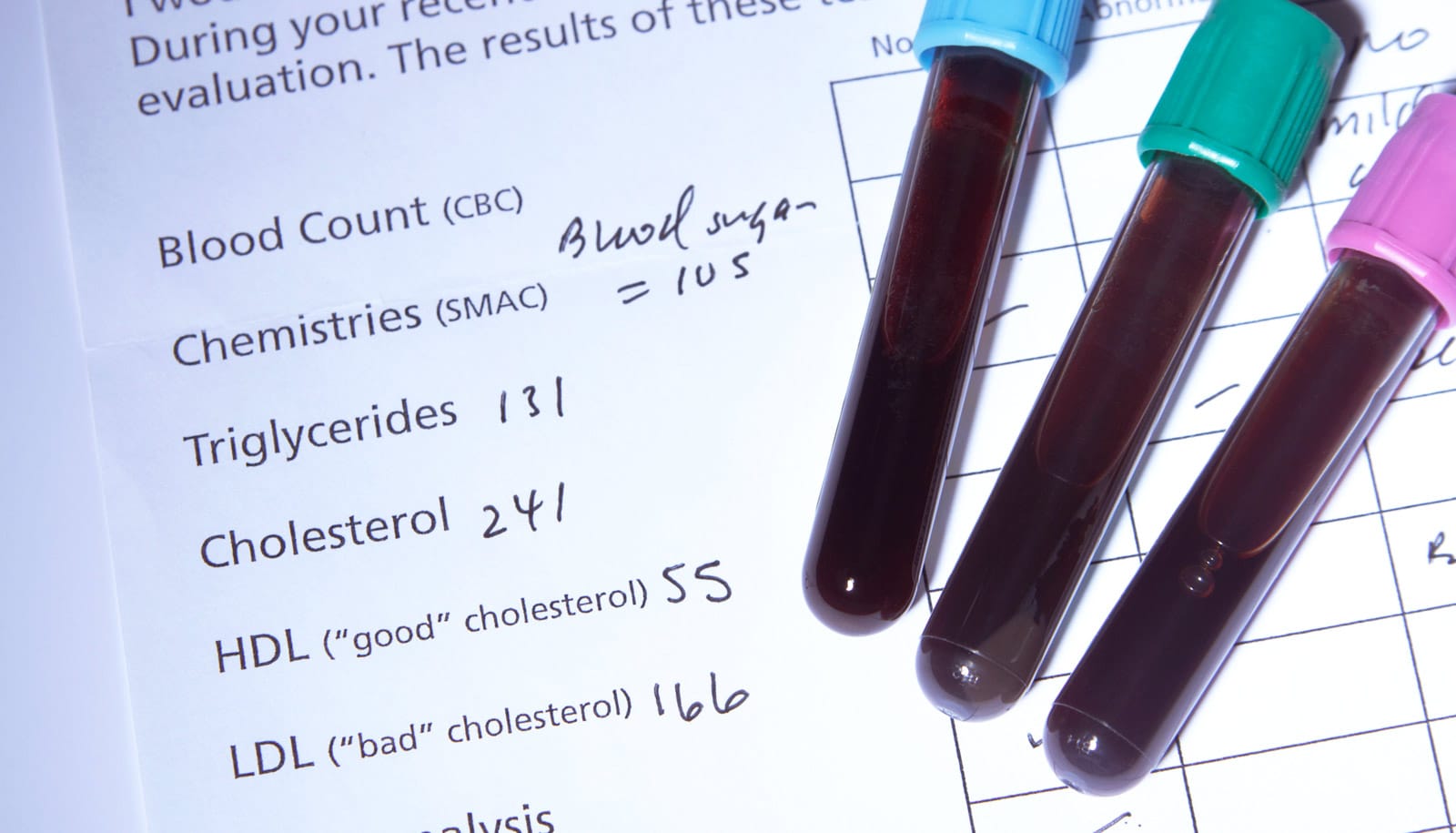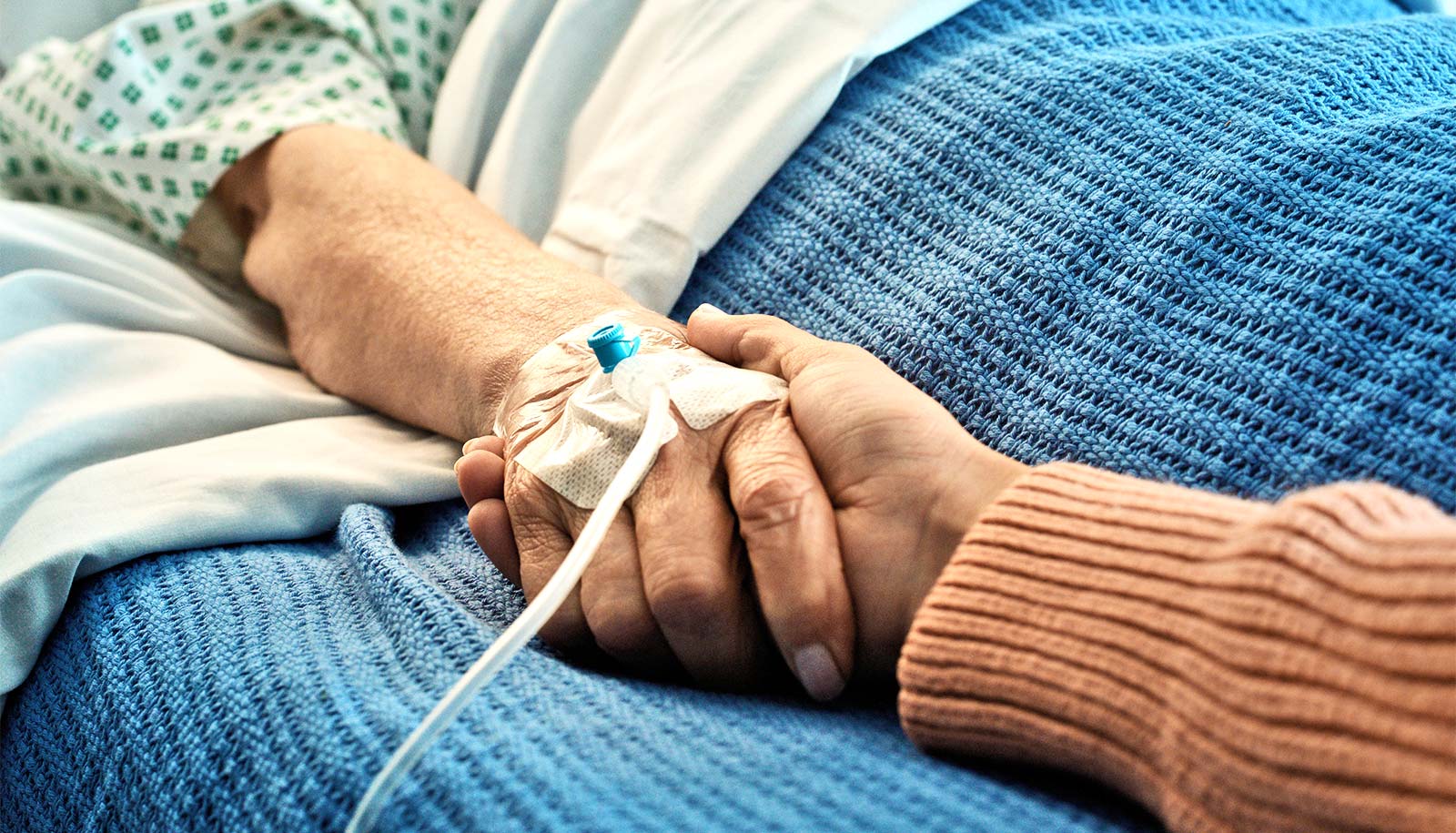New research links so-called “good” HDL cholesterol with infectious diseases such as gasteroenteritis and pneumonia.
“Surprisingly, we found that individuals with both low and high HDL cholesterol had high risk of hospitalization with an infectious disease. Perhaps more importantly, these same groups of individuals had high risk of dying from infectious disease,” explains Børge Nordestgaard, professor and chief physician at the University of Copenhagen and Copenhagen University Hospital.
The results are based on data from 100,000 individuals from the Copenhagen General Population Study whom researchers followed for more than 6 years using national Danish health registries. The findings appear in the European Heart Journal.
“Numerous studies in animals and cells indicate that HDL is of importance for the function of the immune system and thereby the susceptibility to infectious disease, but this study is the first to examine if HDL is associated with the risk of infectious disease among individuals from the general population,” explains PhD student, physician, and study coauthor Christian Medom Madsen.
The authors cannot, based on this study, conclude that very low or very high HDL is the direct cause of the increased risk of infectious disease, but conversely they cannot rule out a direct causal relationship either, as data from the genetic part of the study indicate that this might be the case.
“Our findings indicate that, in the future, research into the role and function of HDL should not narrowly focus on cardiovascular disease, but rather focus on the role of HDL in other disease areas, such as infectious disease,” says Nordestgaard.
Could statins shield us from malaria and typhoid?
The 21 percent of the population with the lowest concentrations of HDL cholesterol and the 8 percent of the population with the highest concentrations of HDL cholesterol had high risk of infectious disease.
Individuals with very low HDL cholesterol had a 75 percent higher risk of infectious disease as compared to the reference group and the risk was 43 percent higher in those with very high HDL cholesterol.
Source: University of Copenhagen



